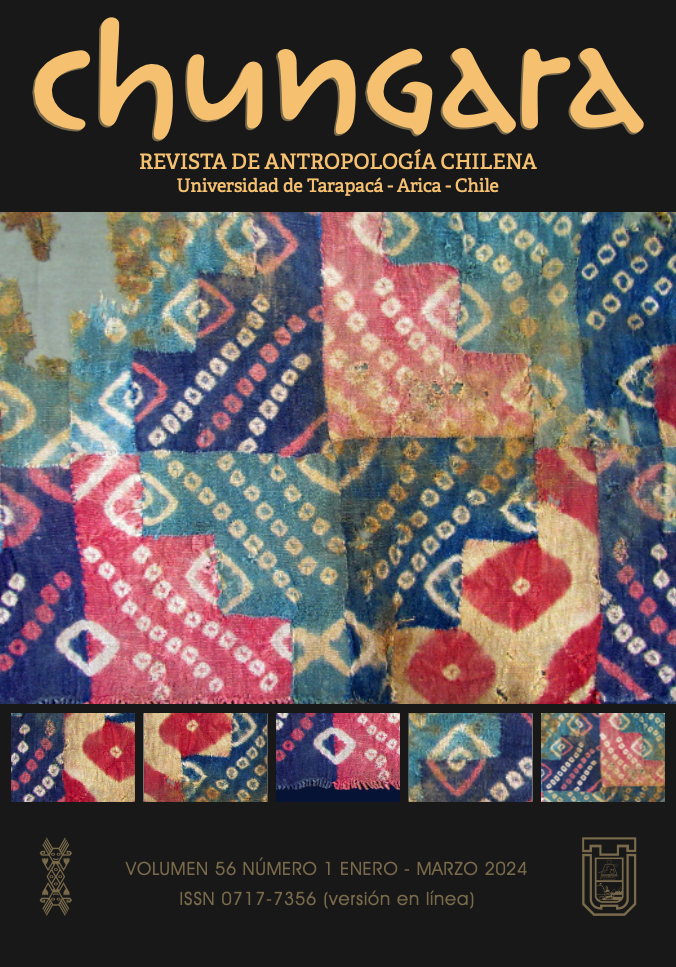Written by Super User. Posted in Papers - English
THE PARADOX BETWEEN CULTURE AND REALITY: THE CHALLENGE OF RAISING MAPUCHE BOYS AND GIRLS IN INDIGENOUS COMMUNITIES IN CHILE
LA PARADOJA ENTRE CULTURA Y REALIDAD: EL ESFUERZO DE CRIAR NIÑOS Y NIÑAS MAPUCHE EN COMUNIDADES INDÍGENAS DE CHILE
Ana M. Alarcón, Marcela Castro G., Paula Astudillo D. and Yolanda Nahuelcheo S.
35% of the population in the Araucanian region of Chile is Mapuche and lives mainly in rural areas. This paper focuses on the development of Mapuche indigenous children and how their families cope with raising them in a territory characterized by poverty and socio-political conflicts. It is an ethnographic study carried out in Mapuche rural communities (Temuco, Ercilla, Lumaco, Collipulli). Sixty people participated by sharing their experiences through in-depth interviews. The results showed that raising and protecting children is a social and cultural endeavor for the entire community. This is a critical task due to historical political and social constraints. Their culture, history and language strengthen their Mapuche identity and resistance to colonialism. Mapuche families face the paradox of teaching Mapuche culture within an environment of hostility and Chilean ethnocentrism.
Continue reading - PDF
Print
Email
Written by Super User. Posted in Papers - English
PROFESSIONAL PRACTICES OF SEX: THE KNOWLEDGE OF SEX WORKERS IN THE STREETS OF IQUIQUE
PRÁCTICAS PROFESIONALES DEL SEXO: EL SABER DE LAS TRABAJADORAS SEXUALES EN LAS CALLES DE IQUIQUE
Jacqueline Espinoza-Ibacache and Lupicinio Íñiguez-Rueda
In the present article we identify the denominations, definitions and ways of doing of women who practice professional sex in the streets of Iquique (the capital of the Tarapacá Region, northern Chile). We have adopted an ethnomethodological perspective, which focuses on the methods used by social actresses to give meaning to their actions, to carry out an ethnography that included observations and in-depth interviews with sex workers from the streets of Iquique. We argue that these social actresses refer to professional sex practices a work; however, the moralizing and legal actions of the context contribute to their being defined as a delegitimized social practice. This definition has an impact on these sex workers’ ways of doing things regarding the management of their family relationships, the management of public and private space, gender relations, and uses of language. By focusing on the production of tiny strategies and procedures, which allow these workers to resist on a daily basis, we do not intend to normalize their precariousness, but rather to point out that their agency gives us a privileged point of view on how to challenge the limits of hegemonic patterns that define the feminine.
Continue reading - PDF
Print
Email







